Technology is revolutionizing darts, impacting everything from scoring accuracy to game accessibility, ultimately influencing adapted dart rules. In this article, we’ll explore exactly **how technology influences adapted dart rules**, examining the innovative tools and platforms reshaping the game and making it more inclusive and engaging for players of all skill levels. We will delve into electronic dartboards, scoring apps, handicap systems and much more.
⚠️ Still Using Pen & Paper (or a Chalkboard)?! ⚠️
Step into the future! The Dart Counter App handles all the scoring, suggests checkouts, and tracks your stats automatically. It's easier than you think!
Try the Smart Dart Counter App FREE!Ready for an upgrade? Click above!
How Technology Influences Adapted Dart Rules and Accessibility
The advent of technology has significantly altered the landscape of darts, particularly in the realm of **adapted dart rules** for diverse player groups. Traditionally, darts relied on manual scoring, which could be prone to errors and disputes. Electronic dartboards and scoring apps have revolutionized this aspect, providing accurate and automated scoring, which enables a broader range of rule adaptations.
Consider, for instance, the application of handicap systems. In a traditional setting, manually calculating handicaps can be cumbersome. However, dedicated apps can automatically adjust scores based on player ratings, creating a more level playing field. This is especially beneficial when modifying rules for mixed-level dart players, ensuring that novices and seasoned professionals can compete fairly and enjoyably.
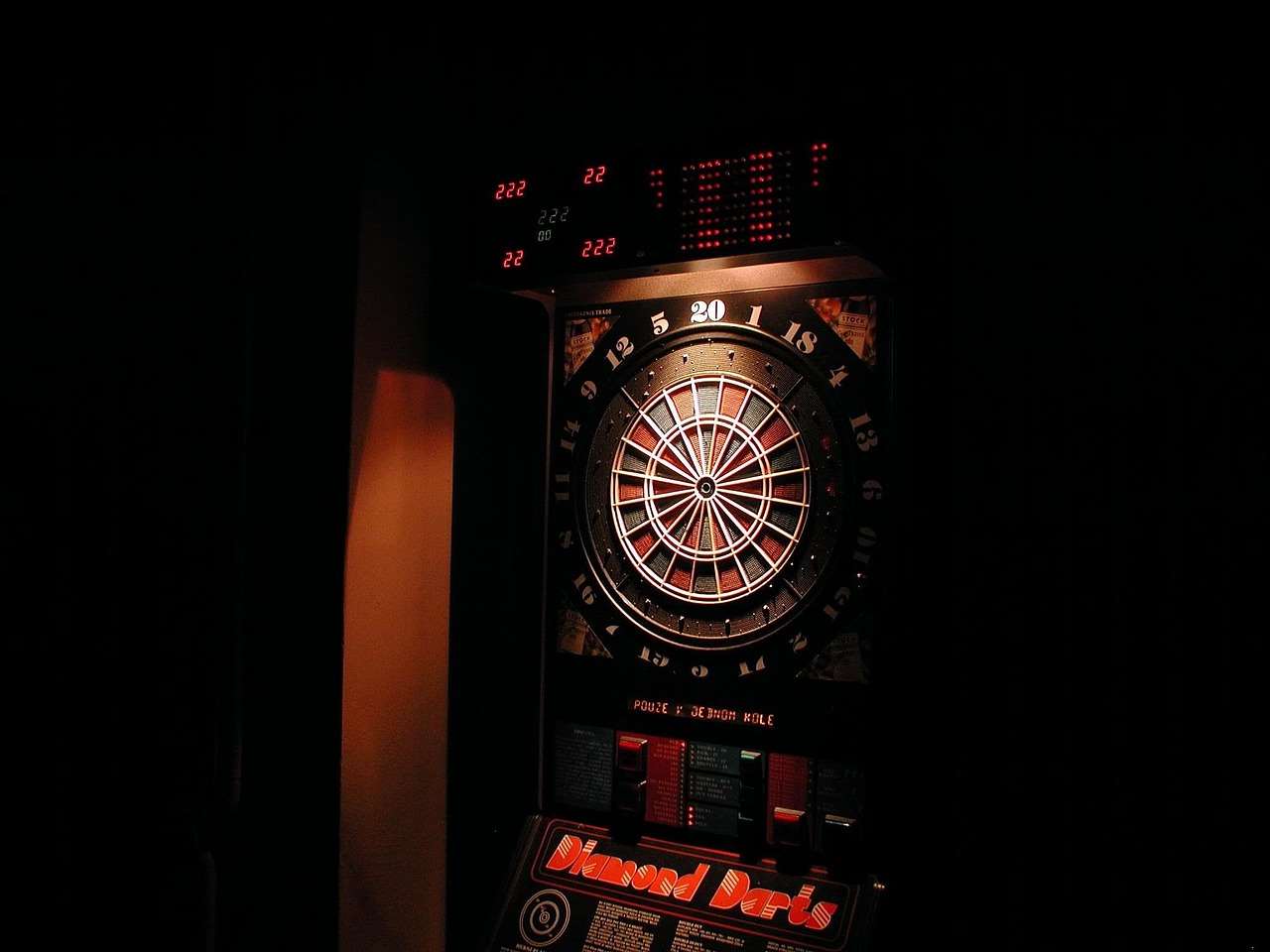
Electronic Dartboards: A Game Changer
**Electronic dartboards** are perhaps the most visible example of technology’s influence. These boards offer several advantages:
- Automatic Scoring: Eliminates manual calculations and reduces the potential for errors.
- Multiple Game Options: Most electronic dartboards come pre-loaded with various game variations, including those with fun dart game variations with modified rules, broadening the appeal for casual players and parties.
- Accessibility Features: Some models offer features like voice prompts or large displays, making the game more accessible to individuals with visual impairments.
- Online Connectivity: Allows players to compete remotely against others around the world, fostering a sense of community and expanding the possibilities for competition.
Scoring Apps and Handicap Systems
Beyond electronic dartboards, **scoring apps** represent another significant technological advancement. These apps, often available for smartphones and tablets, offer a range of features designed to enhance the playing experience:
- Score Tracking: Comprehensive tracking of scores, averages, and other performance metrics.
- Handicap Calculation: Automated calculation of handicaps based on player performance, promoting fairness in mixed-level games.
- Game Management: Tools for managing tournaments and leagues, streamlining the organization of competitive events.
- Data Analysis: Provides insights into player performance, helping individuals identify areas for improvement.
These features contribute directly to how to make darts fairer with handicap rules, enabling a more inclusive and engaging experience for players of all abilities. For example, a handicap system might give a less experienced player a head start, effectively leveling the playing field.
Furthermore, many apps integrate with social media platforms, allowing players to share their scores and achievements with friends and followers. This adds a social dimension to the game, encouraging friendly competition and camaraderie.
Virtual Dartboards and Augmented Reality
The rise of virtual reality (VR) and augmented reality (AR) technologies has opened up new and exciting possibilities for darts. **Virtual dartboards** allow players to simulate the dart-throwing experience in a virtual environment, offering a convenient and space-saving alternative to traditional dartboards. AR apps can overlay digital elements onto a real-world dartboard, providing real-time feedback on throwing technique and accuracy.
These technologies have the potential to further influence **adapted dart rules** by:
- Creating accessible gaming environments: VR and AR can be adapted to meet the needs of individuals with disabilities, providing customized playing experiences.
- Providing personalized training tools: AR apps can offer real-time feedback on throwing technique, helping players improve their accuracy and consistency.
- Facilitating remote competition: VR and AR can enable players to compete against each other remotely in a realistic and immersive environment.
Consider the potential for using VR to create a simulated dartboard that adjusts its size and distance based on the player’s visual acuity or physical limitations. This would allow individuals with disabilities to participate in the game on an equal footing.
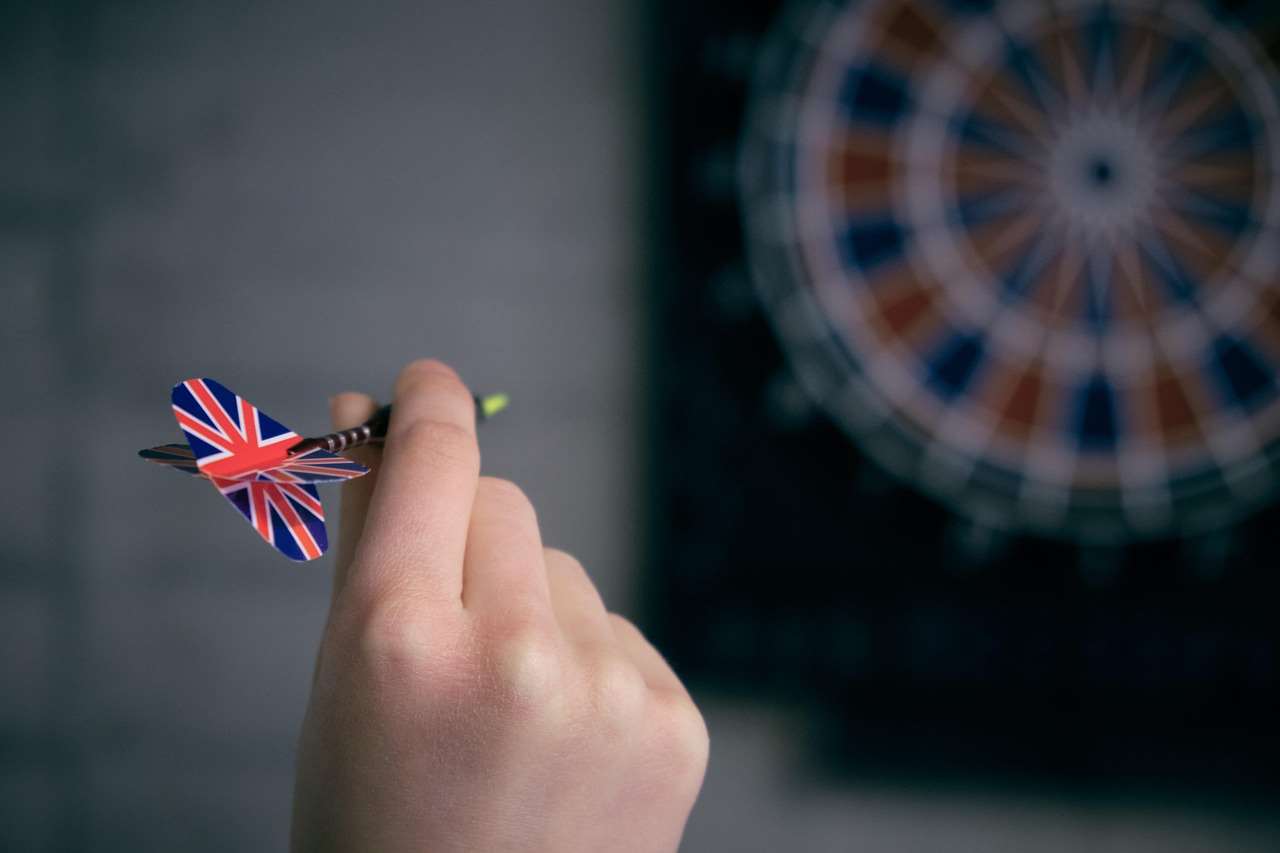
Remote Play and Online Darts Communities
The internet has fostered the growth of **online darts communities**, connecting players from all over the world. These communities provide a platform for sharing tips, strategies, and experiences, as well as for organizing online tournaments and leagues. Remote play, facilitated by electronic dartboards and video conferencing technology, allows players to compete against each other regardless of their geographical location. This capability especially helps when adapting darts rules for small spaces: tips and tricks by removing any space limitation.
The accessibility afforded by these technologies can significantly influence **adapted dart rules**:
- Inclusivity: Online communities can provide a welcoming and supportive environment for players of all abilities, encouraging participation and fostering a sense of belonging.
- Flexibility: Remote play allows players to compete at their own pace and on their own schedule, making the game more accessible to individuals with busy lifestyles or physical limitations.
- Global Competition: Online tournaments and leagues offer opportunities for players to compete against others from around the world, expanding their horizons and challenging their skills.
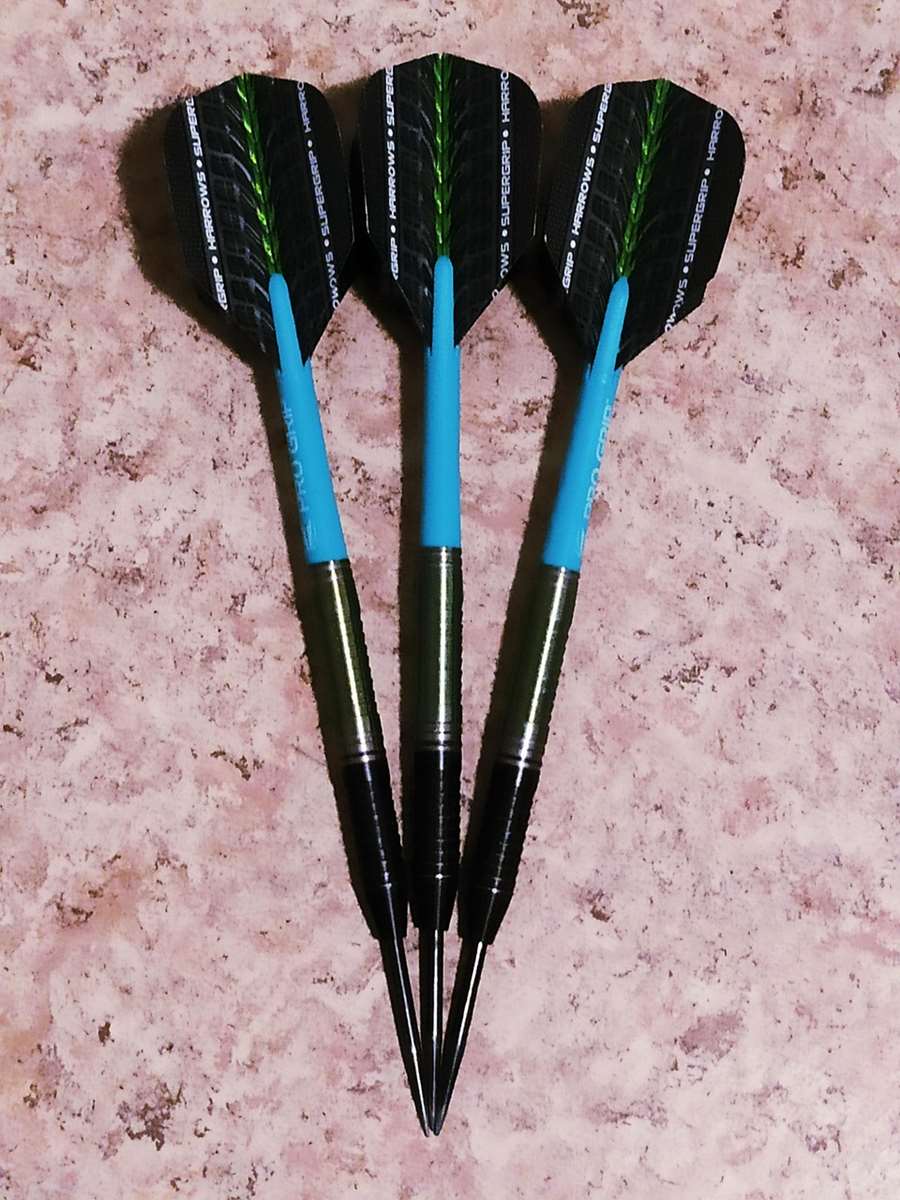
AI-Powered Dart Training and Analysis
Artificial intelligence (AI) is increasingly being used to enhance dart training and analysis. **AI-powered apps** can analyze a player’s throwing technique, identify areas for improvement, and provide personalized training recommendations. These apps can also track progress over time, providing valuable insights into a player’s development.
The use of AI in darts has the potential to further influence **adapted dart rules** by:
- Personalized Training: AI can tailor training programs to meet the specific needs of individual players, helping them improve their skills and reach their full potential.
- Objective Assessment: AI can provide objective assessments of throwing technique, eliminating subjective biases and ensuring fair evaluation.
- Injury Prevention: AI can identify potential risk factors for injury, helping players avoid overuse and strain.
For example, an AI-powered app could analyze a player’s throwing motion and identify subtle imbalances that could lead to injury. The app could then recommend specific exercises to correct these imbalances and prevent future problems.
The Future of Technology in Darts Rule Adaptations
The integration of technology into darts is only going to increase, creating opportunities to refine and expand **adapted dart rules** further. As technology advances, we can expect to see even more innovative solutions that make the game more accessible, engaging, and fair for all players.
Consider these potential future developments:
- Advanced Sensor Technology: More sophisticated sensors could provide even more detailed data on dart trajectory and impact, enabling more precise handicap adjustments.
- Brain-Computer Interfaces: In the more distant future, brain-computer interfaces could allow individuals with severe physical limitations to control their dart throws with their thoughts.
- AI-Powered Referees: AI could be used to create virtual referees that can automatically detect and resolve disputes, ensuring fair play.
The possibilities are endless, and the future of darts is undoubtedly intertwined with the continued development of technology.
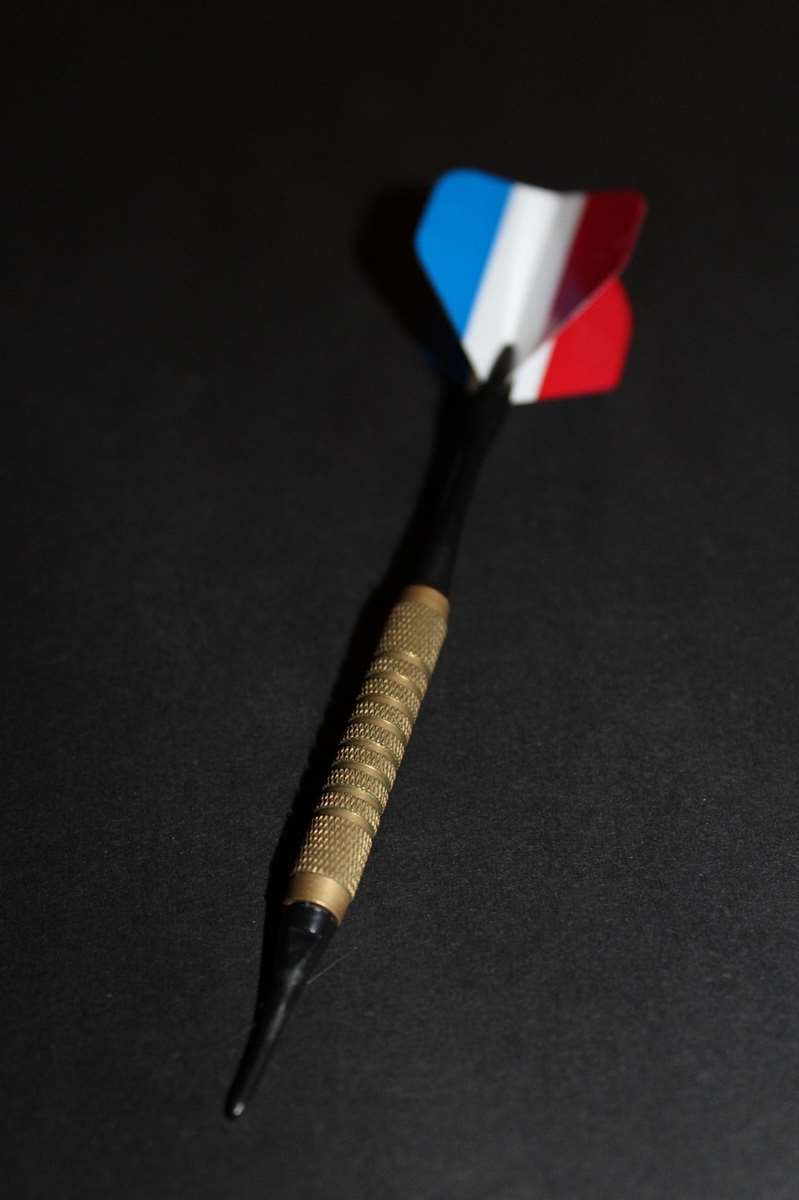
Balancing Tradition and Innovation
While technology offers numerous benefits, it’s important to strike a balance between tradition and innovation. Darts is a game steeped in history and tradition, and it’s crucial to preserve the essence of the game while embracing new technologies. The key is to use technology in a way that enhances the playing experience without fundamentally altering the core principles of the game.
For example, while electronic dartboards offer automated scoring, some purists may prefer the traditional method of manual scoring. Similarly, while AI-powered training tools can be beneficial, they should not replace the guidance of experienced coaches. The ultimate goal is to use technology to make darts more accessible and enjoyable for everyone, while still respecting the traditions and values that make the game so special. You can learn more about the basic darts fundamentals for beginners online.
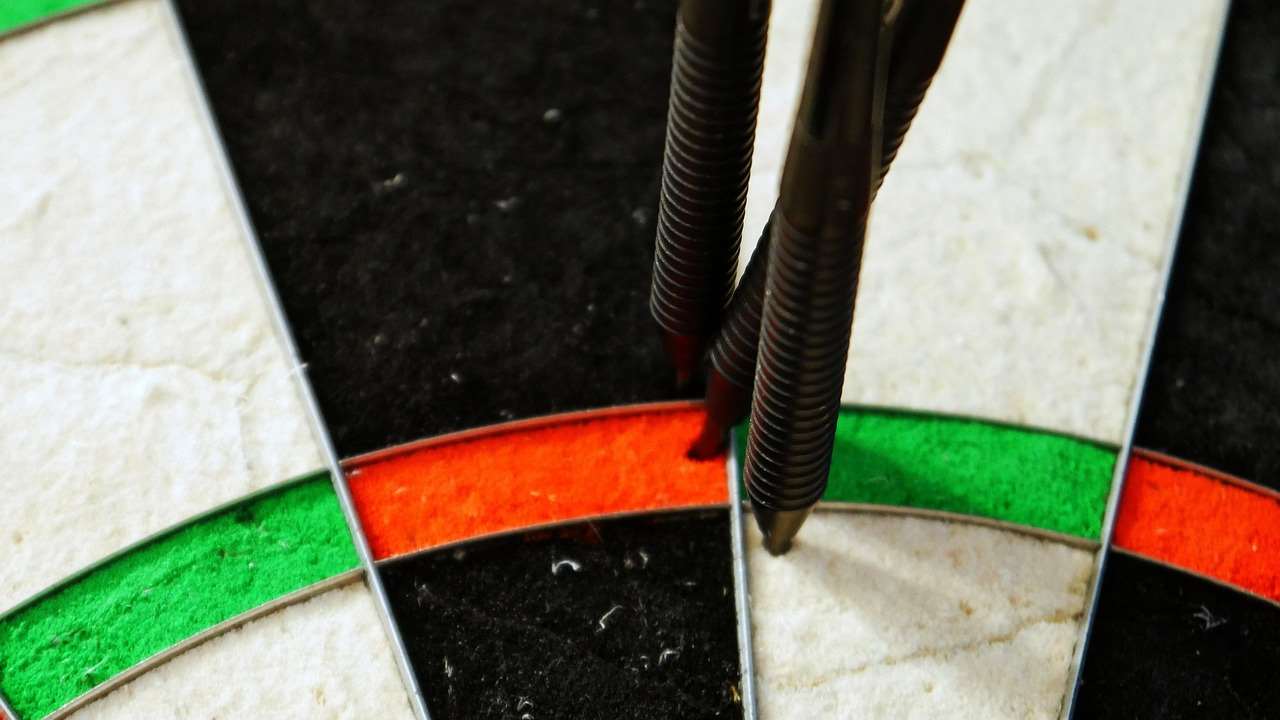
Conclusion
In conclusion, **how technology influences adapted dart rules** is profound and multifaceted. From electronic dartboards and scoring apps to virtual reality and AI, technology is transforming the way darts is played, learned, and enjoyed. By embracing these innovations thoughtfully and strategically, we can create a more inclusive, engaging, and fair game for players of all abilities. The key takeaway is that technology provides tools to enhance accessibility and fairness, but must be implemented with respect for the traditions and core values of darts. Take some time to explore these technological advancements and consider how you can integrate them into your own game or darts community. Consider exploring adapting darts rules for beginners to ease new players into the sport.
Hi, I’m Dieter, and I created Dartcounter (Dartcounterapp.com). My motivation wasn’t being a darts expert – quite the opposite! When I first started playing, I loved the game but found keeping accurate scores and tracking stats difficult and distracting.
I figured I couldn’t be the only one struggling with this. So, I decided to build a solution: an easy-to-use application that everyone, no matter their experience level, could use to manage scoring effortlessly.
My goal for Dartcounter was simple: let the app handle the numbers – the scoring, the averages, the stats, even checkout suggestions – so players could focus purely on their throw and enjoying the game. It began as a way to solve my own beginner’s problem, and I’m thrilled it has grown into a helpful tool for the wider darts community.